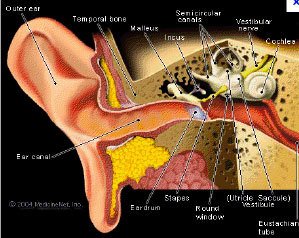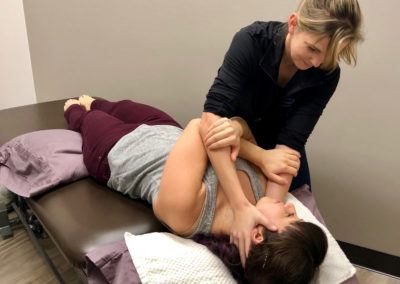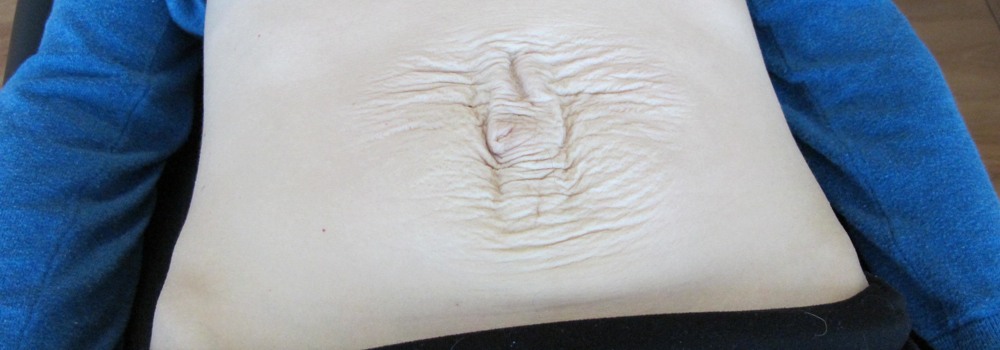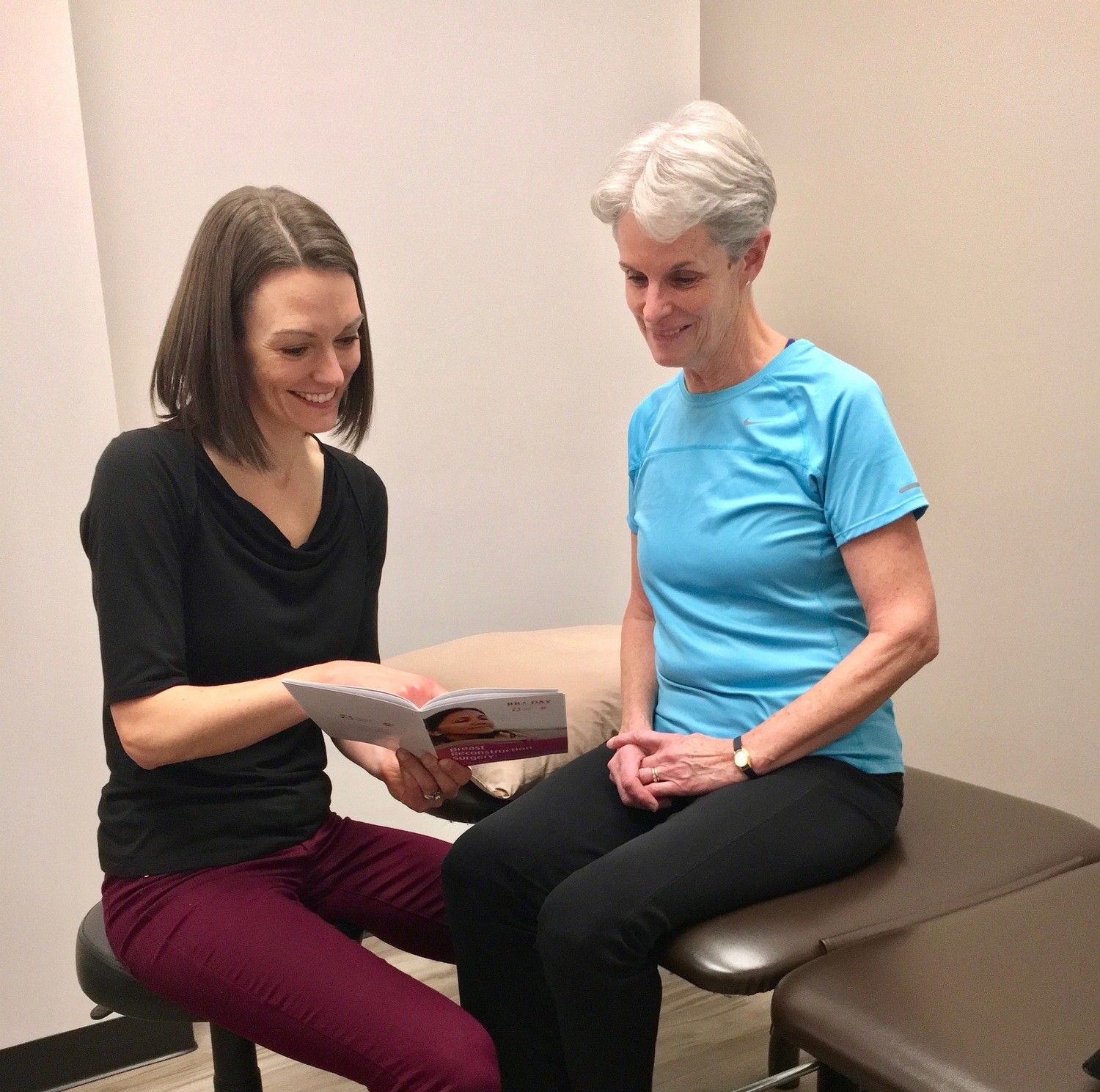The term dizziness is vague and is also known as disequilibrium, lightheadedness, rocking, swaying, spinning, motion sickness, nausea, vertigo and floating. Clarification of the behaviour of these symptoms (what brings them on, what makes them go away) along with how they all started (i.e. trauma (concussion or whiplash), idiopathic (no known cause), post viral) is very important if treatment is to be effective.
Facts about Dizziness
- Dizziness and balance problems account for 5-10% of physician visits and can affect up to 50% of adults and children.
- Dizziness is the number one reason people over 65 visit their family doctor.
- One in five people over 60 experience dizziness.
- Dizziness in the elderly is associated with falls, fear of falling and loss of independence. Falls are the sixth leading cause of death in people over 65.
This is a significant problem affecting all ages and given the demographics of the population of White Rock, something we are very interested in.
Causes of Dizziness
Many things can cause dizziness; which is why no one treatment is effective for all forms of this symptom. Causes can include: cardiovascular system impairments (problems with blood flow), musculoskeletal system impairments (problems in the neck), stroke transient ischaemic attacks (intermittent loss of blood supply to the brain), Multiple Sclerosis, problems with your eyes, problems with your balance (vestibular system) and of course, as always, stress.

Input from the vestibular system (located in your inner ear and brain) is essential for equilibrium and dizziness can occur when this system is impaired. Vestibular disorders can be caused by trauma to the head (whiplash), degeneration of the system itself, ear infections, ototoxicity (high dosage of certain drugs), acoustic neuroma, poor blood supply or trauma induced by pressure to the ear.
Benign Paroxysmal Positional Vertigo (BPPV) This condition is the most common cause of vertigo and is a peripheral vestibular disorder (occurs in the inner ear – see picture above). It accounts for 20 – 30% of vertigo. Symptoms of this specific condition include:
- Vertigo with or without nausea when bending forward, looking up, rolling in bed and/or lying down,
- loss of balance that may last for hours or days after the vertigo has stopped.
It is a biomechanical problem with one or more of the inner ear canals being inappropriately excited by presence of calcium carbonate crystals (otoconia). There is no known cause in the majority of patients (35%) but it may follow head trauma (15%), infection of the inner ear (15%) or endolymphatic hydrops (i.e. Meneire’s disease).
Acute Vertigo
Acute vertigo can be due to inflammation of the vestibular nerve or inner ear, loss of blood supply to ear or part of the brain associated with the vestibular system and balance, Multiple Sclerosis, Meniere’s disease or stroke. A consultation with your physician is ALWAYS indicated prior to physiotherapy should you develop acute vertigo since many of these conditions require medical attention.
Chronic Dizziness
Chronic dizziness is dizziness that lasts more than 3 days and can be the result of unilateral or bilateral problems in the balance center. A complete assessment of vestibular function is required to determine the cause and subsequent best treatment. A multi-disciplinary assessment (physician and possible specialist consultation as well as an assessment with a physiotherapist trained in assessment and treatment of vestibular disorders) is best to determine the cause prior to treatment.
Treatment of Dizziness
Treatment depends on the underlying cause of your dizziness and is highly individual. Specific maneuvers for moving displaced crystals in your inner ear (BPPB) with or without exercises for your vestibular system and brain and/or movement and postural exercises may be part of your treatment program. Consultation with your attending physician is an essential part of your treatment since many of the causes may have an underlying medical component.







